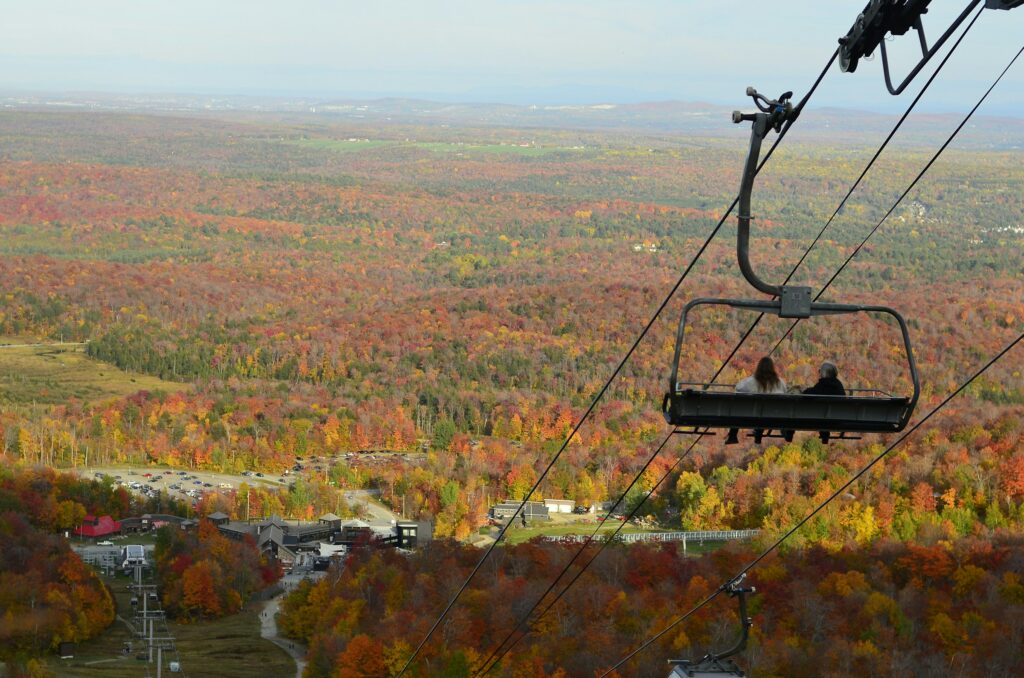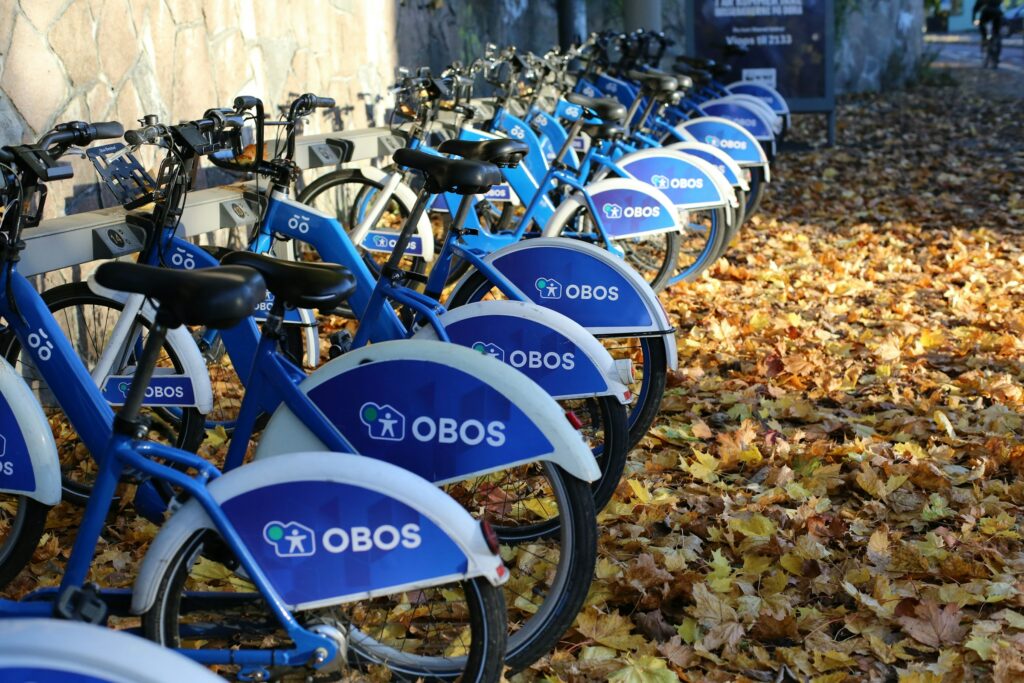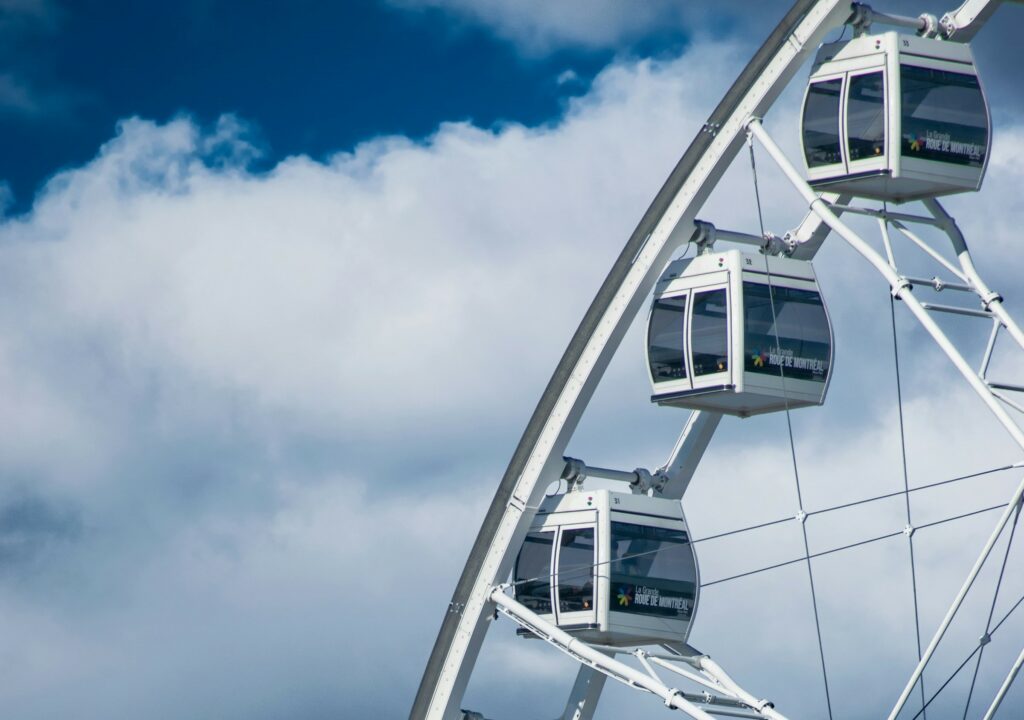Nearly 10 million tourists will visit Montreal in 2023. This high visitor count brings a host of challenges, including the need to use public transport, cars and bicycles. Let’s have a look at some potential solutions for improving the visitor experience in Montreal.
Various solutions were compiled during the pandemic by the Chair of Research at Transat, who aimed to put forward various technological innovations to improve the mobility and accessibility of cultural and tourist attractions, both here and elsewhere. Following this, other new initiatives have been tried which help us to understand how to better manage tourist flows in the city.
Linking the city center with external attractions
Many tourists visiting cities choose to explore the surrounding areas during their stay. In the case of Montréal, there is no shortage of nature to explore with the bordering Mount Sutton, Tremblant and Orford, not to mention the lakes and national parks of the surrounding regions, such as Mauricie.

In Iceland, the Blue Lagoon geothermal spa is connected by bus to the capital, Reykjavik, to improve the accessibility of the attraction. This concept has been taken one step further on the Nordic island with the shuttle bus that links the airport of Reykjavik directly to the Blue Lagoon. This creates a simple and efficient journey for newly-arrived travelers or for those who have a long layover.
In Nordic or mountain towns, shuttles can also be used to transport passengers to winter sports resorts. In the French Alps, for example, 14 ski resorts are accessible by bus from Grenoble. Transaltitude buses are provided by local authorities. Another service, Skiligne, provides a pass for the shuttle bus as well as the ski lifts in six resorts. The outward journey is in the morning, the return in the evening.
On our side of the ocean, the Banff Valley has a 10-line bus network, called Roam, which provides links between towns, hotels, campsites and the region’s natural attractions, such as Moraine Lake and Lake Louise.
A train link is also being seriously considered between the town in the Rockies and Calgary airport and city center. The project aims to relieve congestion on the existing highway, which is overused by residents and tourists alike. It is estimated that 20% of journeys on this route will be made by train, which would take 4.5 million vehicles off the Banff-Calgary road. This new link also envisages making Banff more accessible to seasonal workers, who currently face some challenges with transport.
Montreal is no stranger to the concept of shuttles. Twenty national, regional, and historic sites are accessible via the service provided by the Quebecois company, Navette Nature. School buses are used to take tourists from the city to rural areas that are difficult to access without a car.
Three of these parks are on the island of Montreal, and Navette Nature’s shuttles are free to use, in partnership with the municipality. For the time being, Montreal does not yet have a daily service which connects these natural areas with the city center.
Data to better understand and manage visitors’ journeys
Faced with saturated transport systems, streets and attractions, tourist cities are having to develop innovative solutions. In Paris, the Massachusetts Institute of Technology and the SNCF are working together on the AI station project, which uses Wi-Fi networks to map out the walking routes taken by passengers at Lyon and Saint-Lazare stations. The aim is to gain a better understanding of the journeys made in railway stations by the millions of people passing through.
In the United States, with the help of the company Rove, ski resorts are analyzing the demographics and origins of visitors, as well as the distance they have traveled. This information is gathered by compiling anonymized data from tourists’ mobile phones.
Trips made with Oslo City Bikes are saved and compiled as open data, to better understand cyclists’ movements and needs. Here at home, BIXI is also making open data available, with counters springing up all over Montreal’s cycle paths and the collected data open to all.

This better understanding of visitors’ journeys enables us to plan developments and measures to improve user experience on the basis of concrete data.
Autonomous shuttles: the future of tourist mobility?
Automation offers an innovative solution for tourist travel. Amsterdam’s canals could soon be navigated by Roboat: autonomous boat shuttles that are currently being trialed. This system can transport passengers as well as goods, deliveries and waste, thereby reducing the carbon footprint of its vehicles.
In Paris, an autonomous shuttle bus connects three nearby railway stations (Lyon, Bercy and Austerlitz), which until now have had no bus service on this particular route. These three stations are used by a total of more than 120 million passengers every year. As this is an experiment, the shuttle timetables are still very limited.
With the transformation of Old Montreal into a pedestrian-priority zone starting this summer, and the pedestrianization of the Camillien-Houde thoroughfare, Montreal will have to think about travel options for visitors with reduced mobility. Autonomous shuttles could be one solution.

Whether it’s autonomous transport, the use of data for efficient flow management, or improved transport links between natural areas and the urban center, there are plenty of innovative solutions that can be applied to Montreal. These solutions are also an opportunity to offer new mobility experiences, especially those involving micro-mobility, to visitors. For the Momentum team, it is essential to integrate these innovative solutions into the specific context of each project.